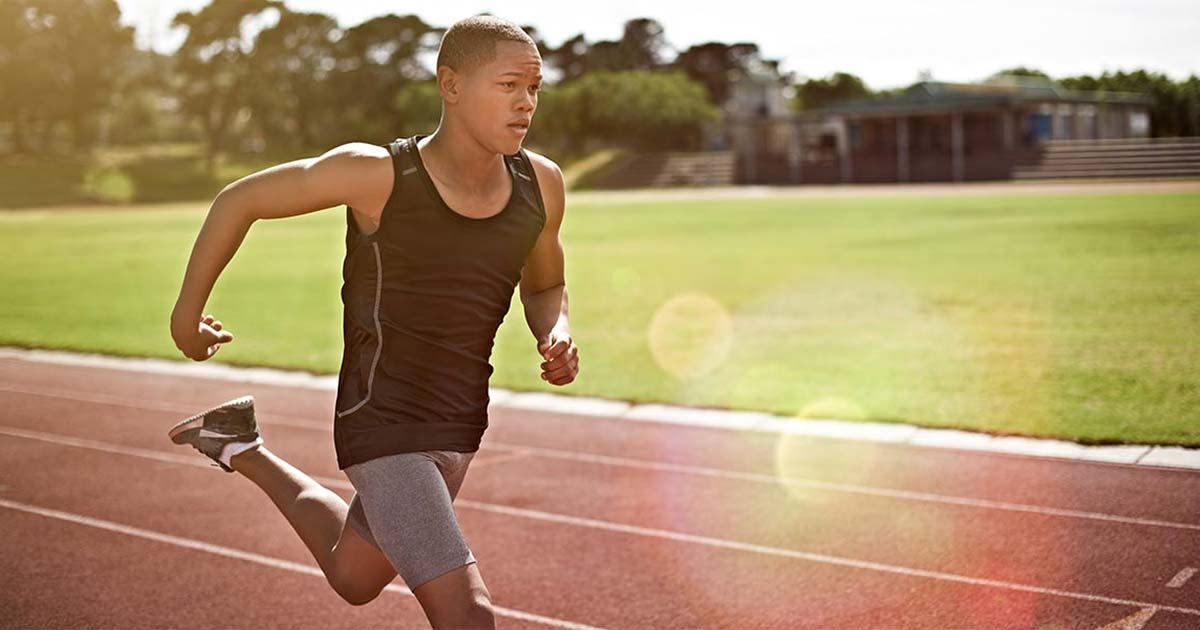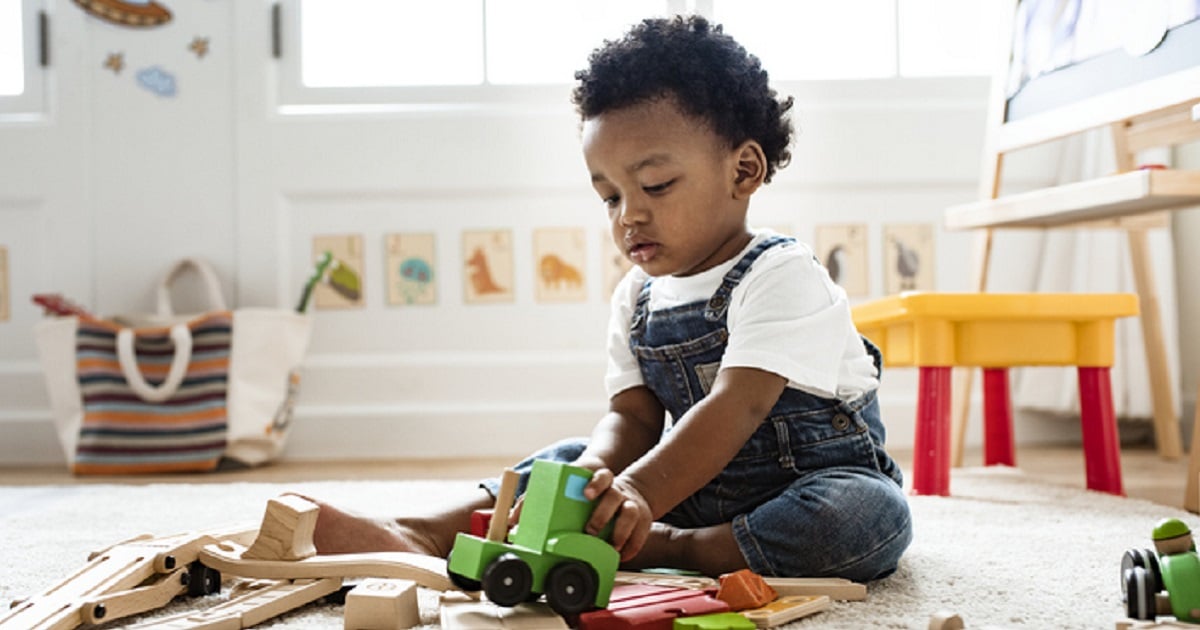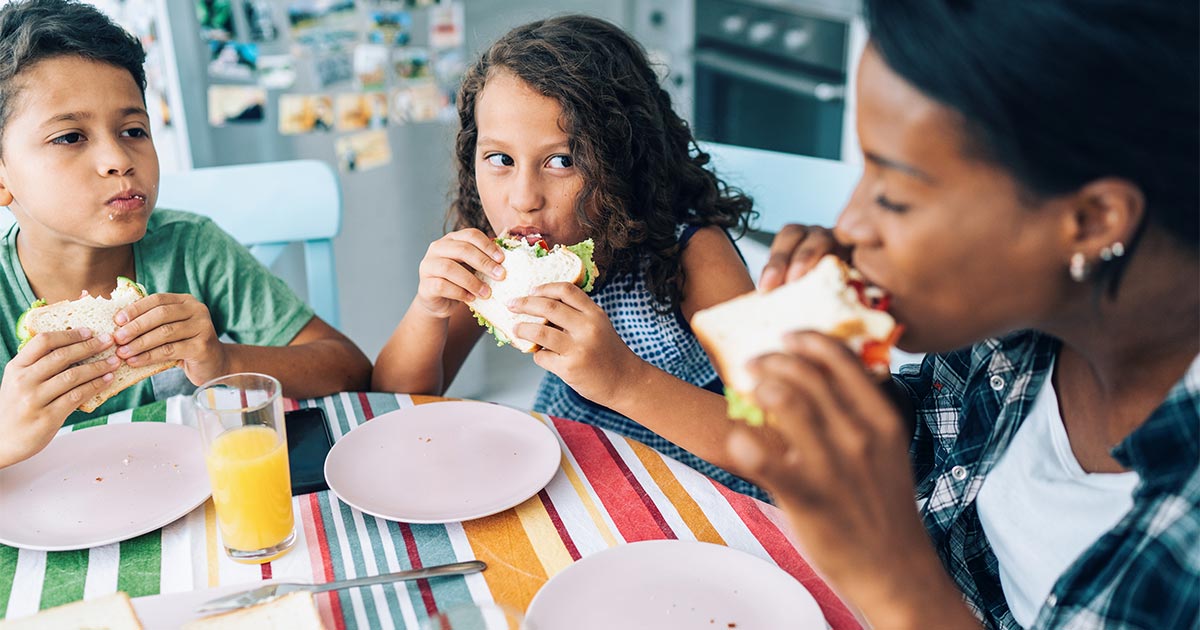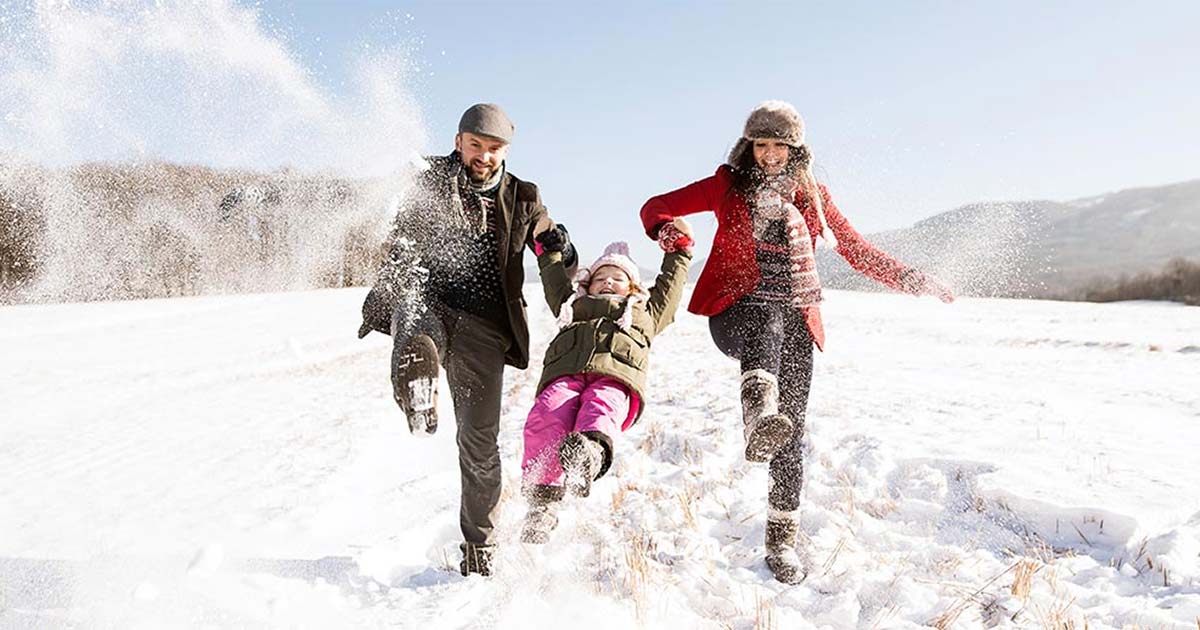
Advice to improve your movement, fitness, and overall health from the #1 in orthopedics in the U.S.
Child Development Toys by Age: Choosing the Best Toys for Your Child
As children develop their motor and sensory skills, toys can help them practice. Learn more about the best options for each stage of growth.
Advice to improve your movement, fitness, and overall health from the #1 in orthopedics in the U.S.

Gift-giving season is upon us, and the options (and advertisements) are plenty. When shopping for a gift for the children in your life, how do you know what’s appropriate for what age?
“As children go through different developmental stages, the right toy for them should target motor, play and cognitive skills. This could mean reaching for and activating a toy, using a toy that encourages a child to practice standing, walking or playing with a ball, or a toy that helps improve balance, coordination and motor planning,” says Magdalena Oledzka, a pediatric physical therapist at HSS. "Toys that encourage children to move their bodies are better than games on a screen."
Kids are also busily developing their sensory abilities throughout the early years. “Toys that allow children to use their imagination, role play and think about concepts like number, size and shape go hand in hand with toys that encourage physical activity,” says Lorene Janowski, an occupational therapist at HSS. “These are critical areas of development that children should practice as they continue to grow.”
Below are some helpful guidelines as you’re doing your holiday shopping this year to help you decide what toys are right for your tyke. As always, make safety a priority. Consider choking hazards, avoiding games or toys with small pieces that can come loose and may be put in the mouth, and always provide proper safety equipment for sports gear (e.g. helmets, knee pads, wrist guards, etc.).
Birth to 6 Months
Babies can’t see colors clearly, so black-and-white designs with interesting patterns will catch their attention. “You also want to engage in lots of tummy time to develop belly and rolling skills, as well as reaching for toys and supported sitting,” says Oledzka.
Some ideas:
- Mirrors
- Toys with black, white and red contrasting designs
- Music players or musical toys with lights
- Soothing sounds and lights (e.g., aquarium, rain stick, musical ring stacker)
- Activity quilts and play mats/busy gyms with stimulating parts for tummy time and with hanging toys to promote reaching and swatting when the child is on his or her back
- Mobiles
- Colorful teething rings
- Books or toys with varied textures
- Small ball with holes to allow child to grip with both hands
- Rattles, either handheld, sock or wrist
6 to 12 months
At this stage, encouraging exploration is important, as is reading and playing music. Between six and nine months, help babies to sit on their own and push up from their belly. Once they’re between nine and 12 months, the emphasis becomes crawling on hands and knees.
You can try:
- Stationary play table with music, buttons and levers to operate (many of these tables can be adjusted by adding or subtracting legs – use it with no legs for tummy time, two legs for seated play and four legs for standing activities)
- Stacking blocks or rings
- Pop beads, blocks or toys that pull apart
- Shape sorters and containers to put in and take out objects
- Cause-and-effect toys
- Board books
- Musical instruments (keyboard, xylophone, drums, tambourine) give great multisensory feedback, encourage engagement with others, singing and hand use
- “Push and go” cars or trains, balls and other toys that move to promote crawling and environmental exploration
- Standing push toys (e.g., shopping carts, lawn mowers, etc.)
1 to 2 Years
Body awareness and pretend play are the primary purpose of toys for kids in this age group.
Good choices are:
- Walking toys for pushing and pulling (e.g., wagons, strollers, etc.)
- Ride-on toys
- Toys on a pull string (e.g., dog on wheels on a leash)
- Balls of all sizes
- Fat crayons
- 3-to-5-piece puzzles with knobs
- Stacking toys with sorting of different shapes and colors
- Symbolic/pretend play (e.g., kitchen tools, play farms or dollhouses with toy animals and people)
- Large beads for stringing (using thick string)
- Picture and finger play books
- Bath toys
- Large soft or cardboard blocks
- Child-size household items (e.g., kitchen utensils, plates, food) that promote engagement in feeding and mealtime routines
3 to 5 Years
Now’s the time to emphasize following directions, sharing and interaction with peers. Kids in this age group are also ready for more activities and toys that promote movement and coordination.
Try these:
- Scaled down sports equipment
- Tricycle
- 3-wheeled scooter
- Building blocks and construction toys
- Coloring books and activity books with simple mazes or connect the dots
- Art supplies (e.g., finger paints, molding dough, markers)
- Beginner board games with simple directions
- Memory card games
- Pretend play (e.g., kitchens, workbenches, doctor kits, dress up, etc.)
- Interlocking puzzles
- Story books, rhyming books
For more information about pediatric rehabilitation services at HSS, please call 212.606.1137.
Published 11/23/2021


